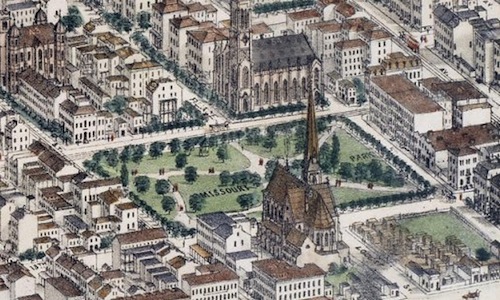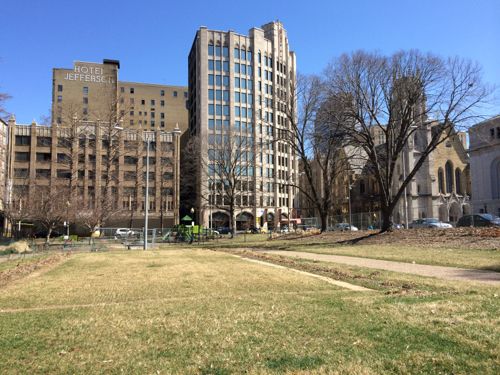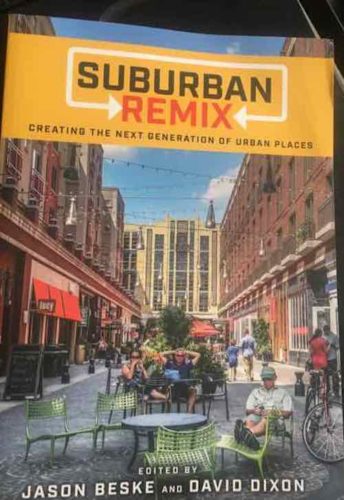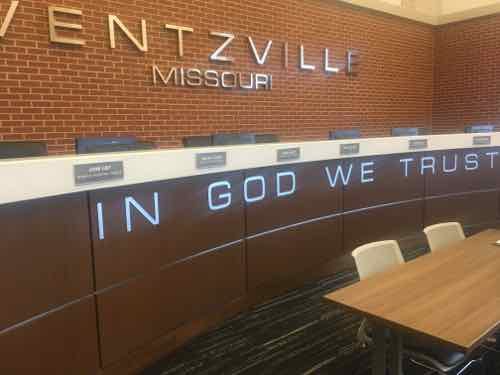Opinion: Plenty To Blame For Region’s Drop From 20th To 21st
 Last week we learned nw U.S. Census estimates show the St. Louis metropolitan area dropping from 20th to 21st in terms of population.
Last week we learned nw U.S. Census estimates show the St. Louis metropolitan area dropping from 20th to 21st in terms of population.
Overall, the St. Louis metropolitan area, which comprises 14 counties and the city of St. Louis, grew slightly but at a much slower rate than other parts of the U.S., based on population estimates taken from July 1, 2016, to July 1 of last year.
The Baltimore area, which had been ranked 21st, swapped spots on the population list with the St. Louis region. The city of Baltimore saw a numeric population drop greater than St. Louis city, but Baltimore’s loss represented a 0.9 percent decrease, compared with a 1.4 percent loss in St. Louis. (Post-Dispatch)
This shouldn’t be a surprise to anyone, but it is. Many still think a loss of population in the City of St. Louis means people just moved out to the suburbs. While that happens, it isn’t the story. The story is the entire region is suffering from rot. Our fragmented government to awful namesake pizza we’re stuck in the past. Everyone outside St. Louis can tell and steer clear.
The voters who approved the 1876 Great Divorce kicked off the downfall of both the city & region;
What made short-term sense in the 1870s turned into a long-term wall, separating entire generations of St. Louisans and creating barriers that the Great Divorce’s authors never could have foreseen. On the surface, St. Louis’s lower population and tiny footprint—among the smallest of any major American city—make its issues with violent crime look even worse as it annually tops lists of the country’s most dangerous cities. More deeply, the city-county divide creates a duplication of services, the cost of which possibly runs into the billions, and pits the city and county against each other in attracting businesses.
Generations since have been unwilling to undo this mistake. The problem has been leap-frogged by the population shift to St. Charles County. Hundreds of fiefdoms have created thousands of political positions that wan the pond to remain small so they seem important.
The entire region needs a reboot. A complete restructuring. I don’t see the needed change ever happening though. I do see a region that, in time, willl fall out of the top 25.
Here’s the results from the recent non-scientific Sunday Poll:
Q: Agree or disagree: The City of St. Louis is the primary reason for the region falling from 20th to 21st.
- Strongly agree 6 [15.79%[
- Agree 4 [10.53%]
- Somewhat agree 8 [21.05%]
- Neither agree or disagree 4 [10.53%]
- Somewhat disagree 2 [5.26%]
- Disagree 3 [7.89%]
- Strongly disagree 8 [21.05%]
- Unsure/No Answer 3 [7.89%]
— Steve Patterson





 The book I want to share with you today is about one of my favorite subjects — what to do with millions of acres of suburban sprawl.
The book I want to share with you today is about one of my favorite subjects — what to do with millions of acres of suburban sprawl.